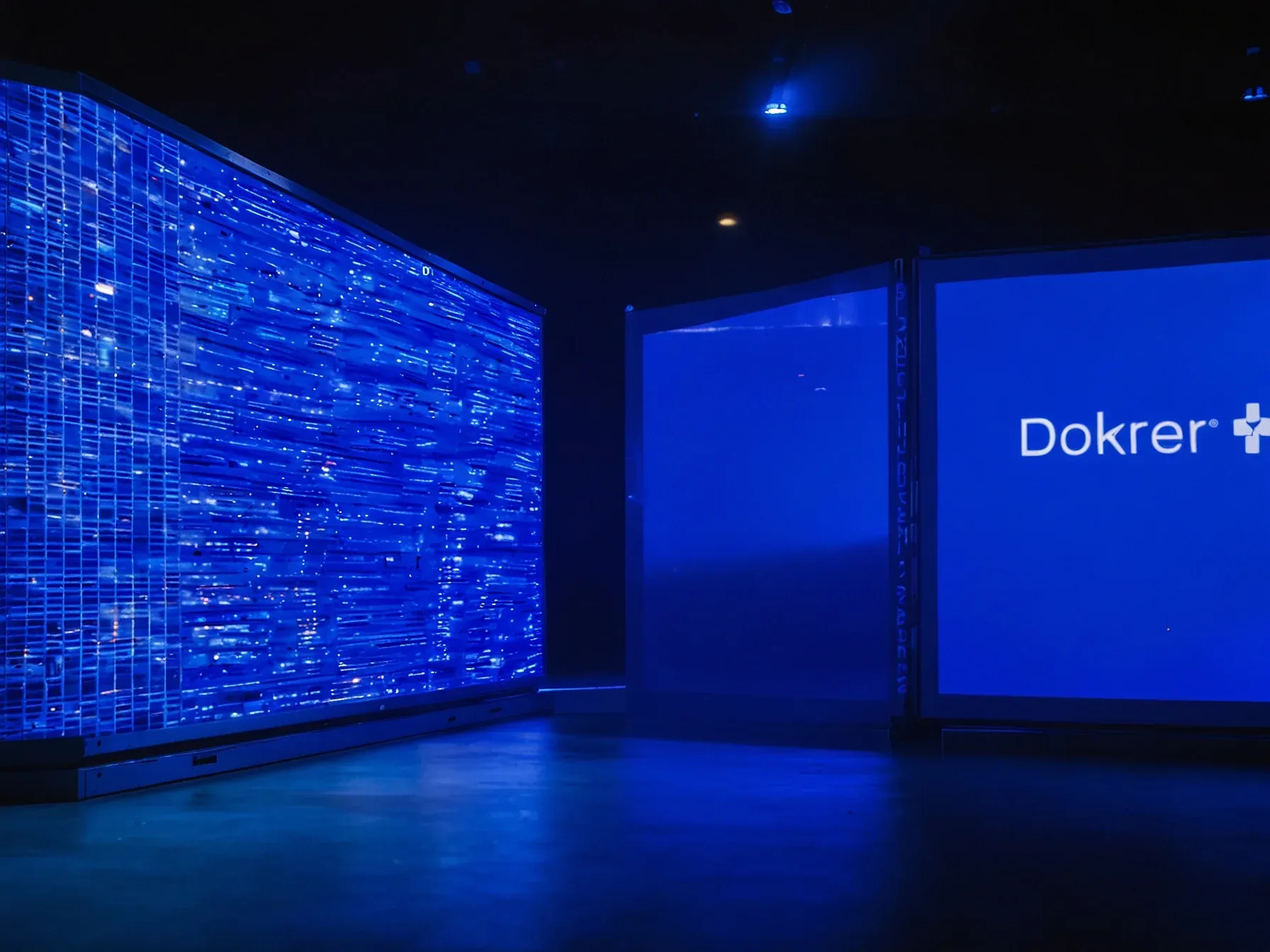
Developers flock to Docker image that removes deep‑learning install lag
The friction of getting a deep‑learning stack up and running has long been a hidden cost for teams that tinker with large language models. A single mismatched CUDA version, a missing Python wheel, or a subtle dependency clash can stall a notebook for hours, turning what should be an experiment into a troubleshooting marathon. In collaborative environments—where researchers swap laptops, jump onto shared servers, or spin up cloud instances—the problem compounds, because each new machine often demands a fresh round of installs and configuration checks.
That overhead eats into development time and makes reproducibility harder to guarantee. Docker promises a way out, packaging everything a project needs into a single, immutable layer that can be launched anywhere. When a container image is pre‑built with the most common frameworks already wired together, the usual setup delays disappear, and code can move fluidly between local workstations and remote GPUs.
This shift in workflow is why the community is paying close attention to a particular image that promises exactly that.
Developers flock to this image because it removes the lag typically associated with installing and troubleshooting deep learning libraries. It keeps training scripts portable, which is crucial when multiple contributors collaborate on research or shift between local development and cloud hardware.
Developers flock to this image because it removes the lag typically associated with installing and troubleshooting deep learning libraries. It keeps training scripts portable, which is crucial when multiple contributors collaborate on research or shift between local development and cloud hardware. // Ideal Use Cases This image shines when you're building custom architectures, implementing training loops, experimenting with optimization strategies, or fine‑tuning models of any size.
It supports workflows that rely on advanced schedulers, gradient checkpointing, or mixed‑precision training, making it a flexible playground for rapid iteration. It's also a reliable base for integrating PyTorch Lightning , DeepSpeed , or Accelerate , especially when you want structured training abstractions or distributed execution without engineering overhead.
Will this image become a standard? The answer isn’t clear yet, but early adoption suggests a practical benefit. By bundling deep‑learning libraries, the container eliminates the typical install lag that stalls many projects, allowing developers to launch experiments without wrestling with mismatched dependencies.
Its portability means training scripts can hop from a laptop to a cloud GPU with minimal friction, a feature that many collaborative teams find valuable. The article outlines five such containers, each promising reproducible environments from prototype to production. Yet the piece does not provide benchmark data on runtime overhead or long‑term maintenance costs, leaving those aspects uncertain.
Moreover, while developers flock to the image for its convenience, whether it integrates smoothly with evolving hardware accelerators or emerging library versions is unclear. In practice, the container offers a tidy solution to a common pain point, but its broader impact will depend on continued community support and compatibility testing.
Further Reading
- Optimizing Deep Learning Workflows: Leveraging Stable Diffusion alongside Docker on WSL 2 - Docker Blog
- AI for docker: Seamless Magic 2025 - Lifebit
- Top 12 Docker Container Images for AI Projects in 2025 - Code B
- Docker Partners with NVIDIA to Support Building and Running AI/ML Apps - Docker Blog
- 5 Docker Containers for Language Model Development - KDnuggets
Common Questions Answered
How does the Docker image eliminate the deep‑learning install lag mentioned in the article?
The Docker image bundles all required deep‑learning libraries, CUDA drivers, and compatible Python wheels, so users avoid mismatched versions and missing dependencies. By providing a pre‑configured environment, it removes the hours‑long troubleshooting that typically stalls notebook setups.
Why is portability of training scripts emphasized for collaborative teams?
Portability ensures that the same training script can run on a developer's laptop, a shared server, or a cloud GPU without modification. This consistency reduces friction when multiple contributors swap machines, allowing experiments to start quickly and reliably.
What specific dependency issues does the image address for large language model experiments?
The image resolves common problems such as mismatched CUDA versions, missing Python wheels, and subtle library clashes that can halt model training. By pre‑installing compatible versions, it prevents the dependency conflicts that often cause hours of debugging.
In what scenarios does the article suggest the Docker image is most useful?
The article highlights its use when building custom architectures, implementing new training loops, experimenting with optimization strategies, or fine‑tuning any model. These tasks benefit from the image's ability to provide a ready‑to‑run environment across different hardware.
Does the article predict the Docker image will become a standard tool for deep‑learning development?
The article states that while it’s unclear if the image will become a standard, early adoption indicates practical benefits. Its ability to eliminate install lag and ensure script portability makes it attractive for collaborative deep‑learning teams.




